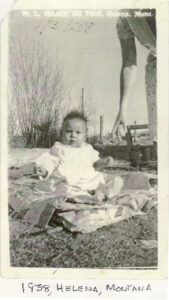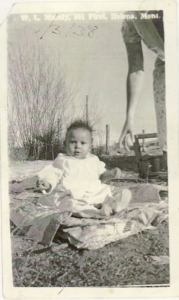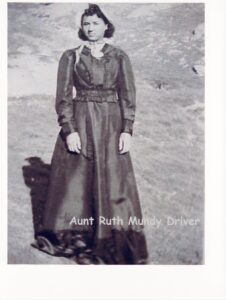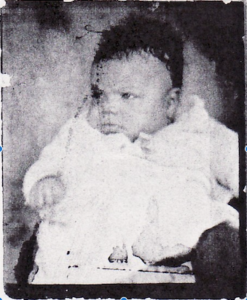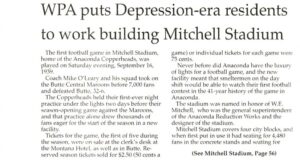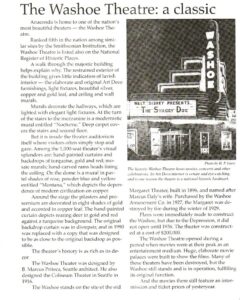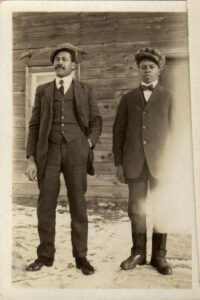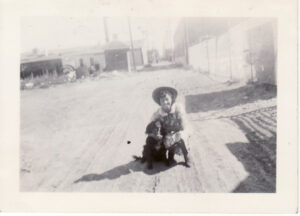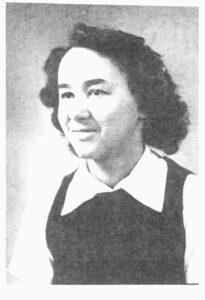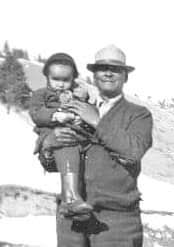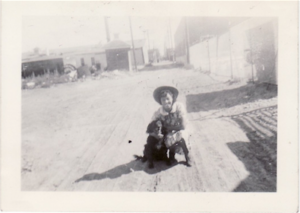1930’s
Major historical events
1935

The Great Depression Grips America in the 1930s
The Daily Missoulian
Sept 27, 1935
1936

FDR Unveils Ambitious 'New Deal' Vision in Landmark Oct 31st, 1936 Speech
Billings Gazette
Nov 1, 1936
1931

Empire State Building Completed on April 11th, 1931, Standing Tall in New York City
The Missoulian
April 26, 1931
1936

Hoover Dam Completed in 1936, Paving the Way for Unprecedented Power and Water Resources
The Missoulian
Sept, 1936
1937
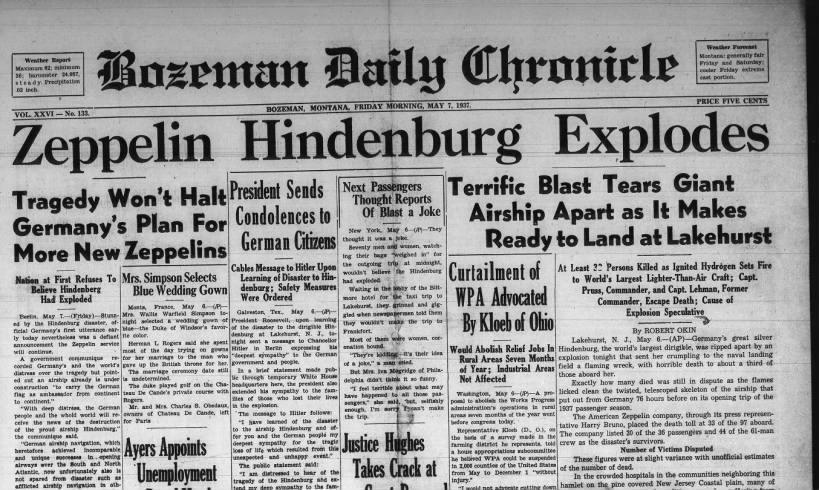
Hindenburg Disaster in 1937
Bozeman Daily Chronicle
May 7, 1937
City: Anaconda, Montana
In the 1930s, Anaconda, Montana, faced the significant impact of the Great Depression, a period of severe economic downturn that affected the entire nation. The Anaconda Copper Mining Company, a prominent employer in the region, felt the brunt of the economic crisis, leading to layoffs and reduced production.
As the demand for copper decreased, Anaconda’s mining industry suffered, resulting in high unemployment rates and financial hardship for many residents. The company’s revenue and profits declined significantly during this period, and the local economy struggled to recover.
In response to the economic challenges, President Franklin D. Roosevelt’s New Deal programs were implemented, aiming to provide relief, recovery, and reform. Initiatives such as the Works Progress Administration (WPA) and the Civilian Conservation Corps (CCC) offered employment opportunities to some Anaconda residents, supporting public works projects and conservation efforts.
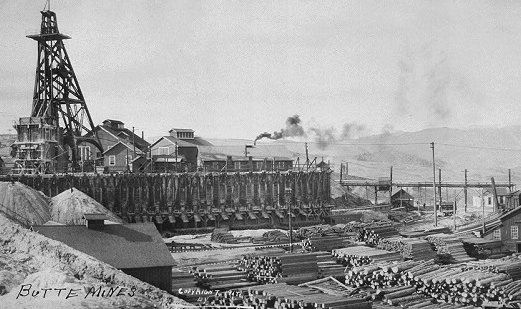
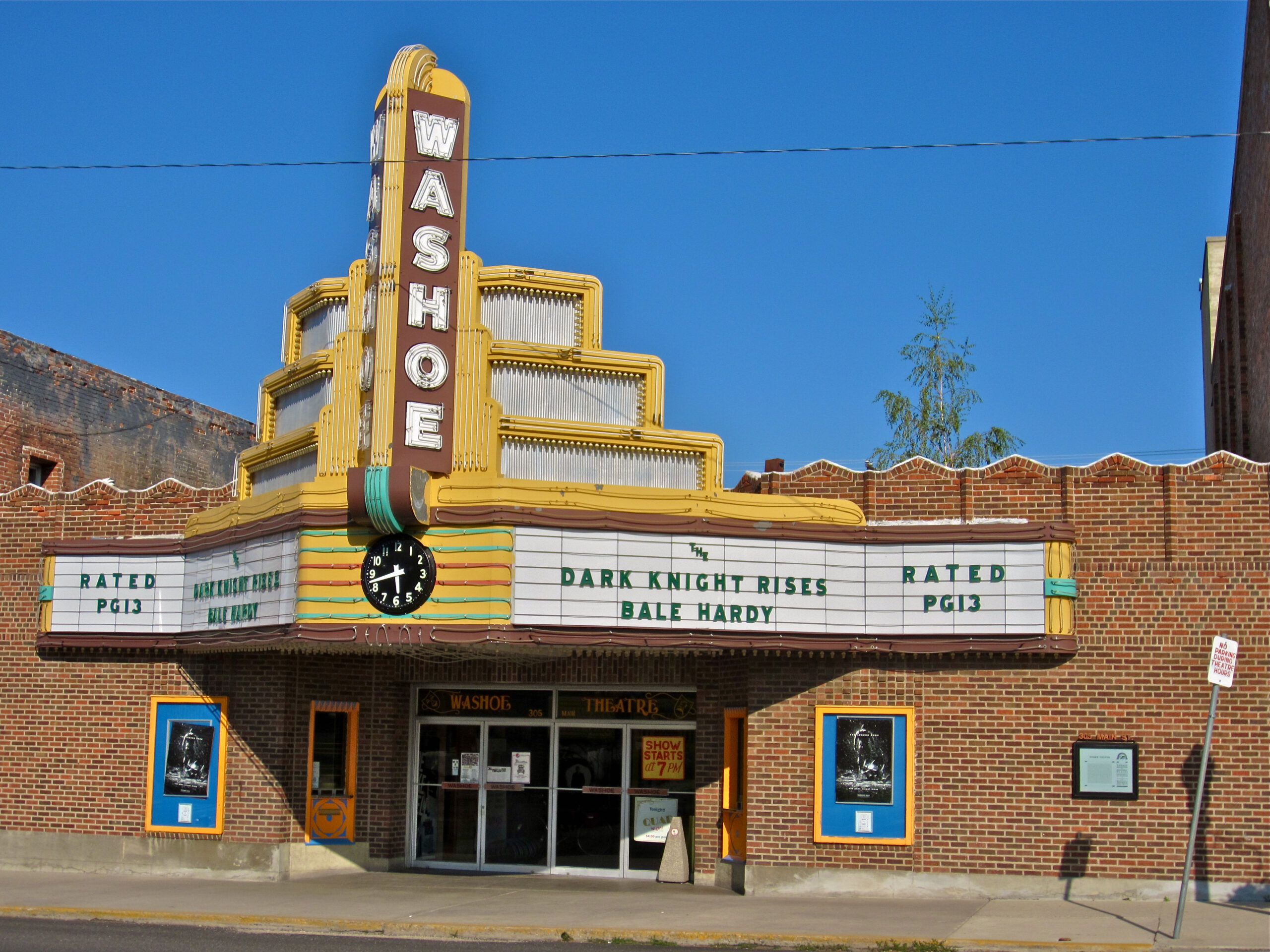
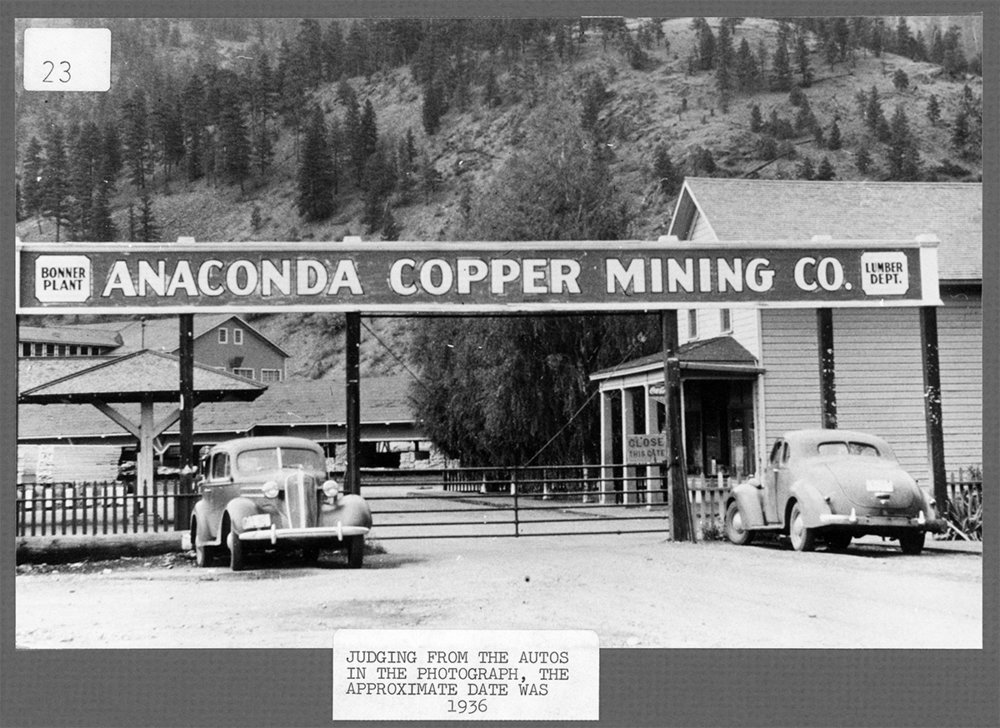
YouTube Clips
Local historical events
Anaconda, Montana, experienced a decade of significant historical events during the 1930s that shaped the city and its community. The Great Depression, which gripped the nation from 1929 to 1939, had a profound impact on Anaconda as the mining industry, particularly the Anaconda Copper Mining Company, faced economic challenges due to reduced demand for copper. Layoffs and financial hardships became prevalent, leaving a lasting impact on the local economy and the lives of its residents.
Amidst the economic struggles, labor unrest emerged in Anaconda as workers protested against poor working conditions and wage cuts. Strikes and protests became common as employees sought better treatment and fair compensation from the mining company.
However, the 1930s also brought positive developments to the city. The Anaconda Smelter underwent a transformation in 1930 when it was converted from using coal to electricity, leading to improvements in air quality and reduced pollution in the area.
In 1935, as part of President Franklin D. Roosevelt’s New Deal initiatives, the Anaconda Job Corps Civilian Conservation Center (CCC) was established. The center provided employment opportunities for young men, contributing to the development of the community and its infrastructure.
Recreational skiing gained popularity during this period, with Anaconda and neighboring Butte playing pivotal roles in developing skiing as a sport in Montana. The city’s contribution to World War II was also significant, as the Anaconda Copper Mining Company played a vital role in producing copper, a critical resource for the war effort.
In 1936, Anaconda unveiled a significant architectural gem when the theater, designed by B. Marcus Priteca, an architect from Seattle, opened its doors. This architectural marvel was listed on the National Register of Historic Places (NRHP) for its significance in 1982. The theater continues to thrive, currently being used for showing films and periodically hosting plays and other types of entertainment, enriching the cultural life of the community.
Newspaper headlines

Great Aunt Ruth's Experience of the Depression
The Mundy family was lucky during the Great Depression as they had farm animals to help them survive.
1930

1930 Census
Showing Thaddeus Mundy and his family
Thaddeus was working as a laborer doing street repairs
1934
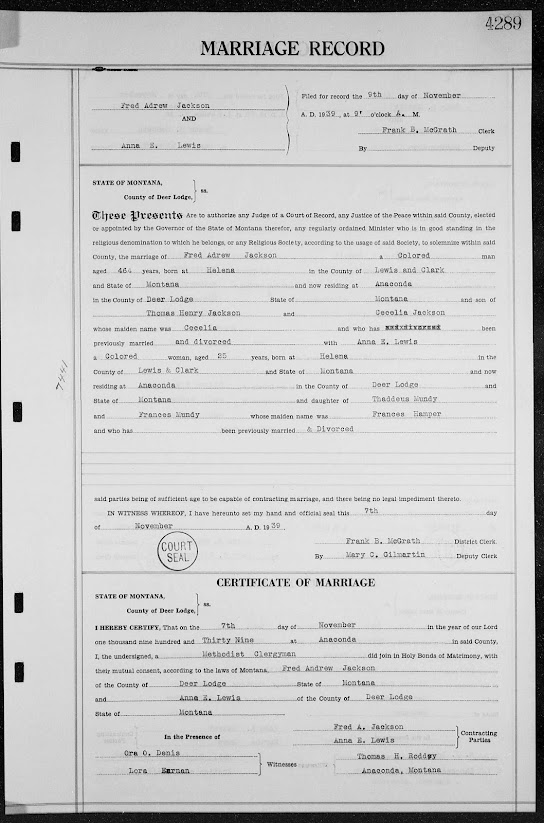
1939 Marriage Certificate
For Fred Jackson & Anna Mundy
Family Photos from the 30s
